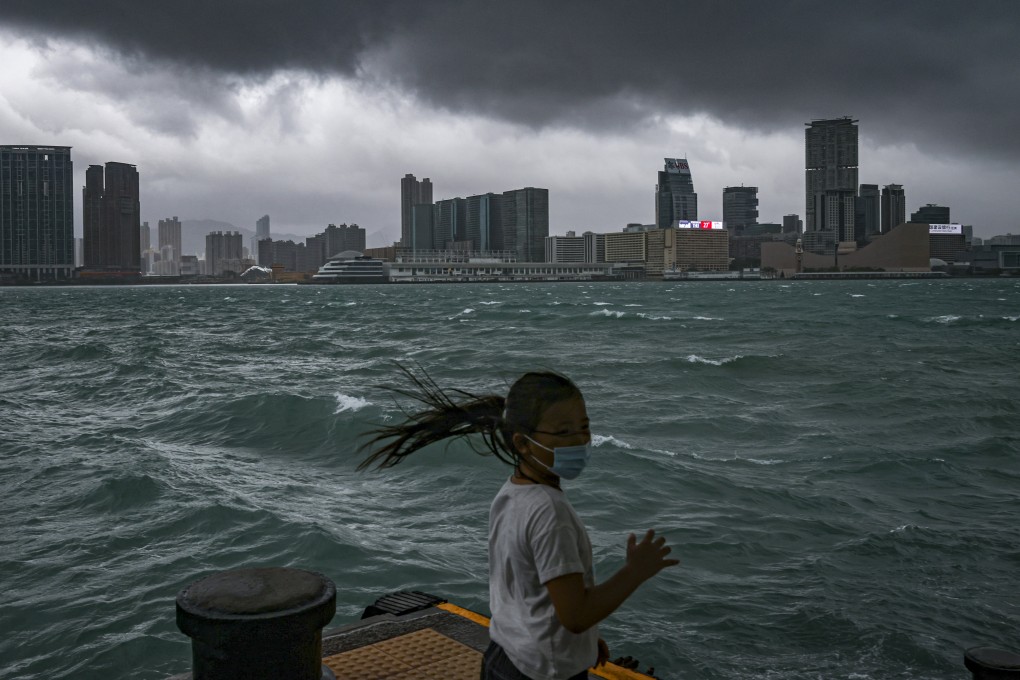Advertisement
Opinion | Solving the climate crisis hinges on action taken in Asia
- Many of the places likely to be hit hardest by climate change and its economic effects are in Asia, with China, South Korea and Japan all in jeopardy
- But Asia also has a major role in the solution. Its rainforests, mangroves and reefs – and even its financial hub of Hong Kong – all have a key part to play
Reading Time:3 minutes
Why you can trust SCMP
3

“Save the planet” has become more than just a mantra embodied by the most environmentally conscious members of society. From the highest international scientific body on climate change to the largest global asset managers, everyone is now advocating for the conservation of nature and biodiversity.
What changed? The International Panel on Climate Change (IPCC) released in February its newest report presenting the findings of 270 researchers from 67 countries.
In many ways, the overarching message is unchanged from previous landmark reports: the science unequivocally shows that climate change will be irreversibly detrimental to natural and human systems alike, especially if we do not act swiftly to curtail greenhouse gas emissions.
Advertisement
This time, however, the report highlights the disproportionate effects that certain regions of the world are facing with previously unforeseen clarity.

Asia’s precious biodiversity at risk
Asia is forecast to be especially at risk from the socioeconomic impacts and natural disasters induced by climate change.
Advertisement
Select Voice
Choose your listening speed
Get through articles 2x faster
1.25x
250 WPM
Slow
Average
Fast
1.25x
